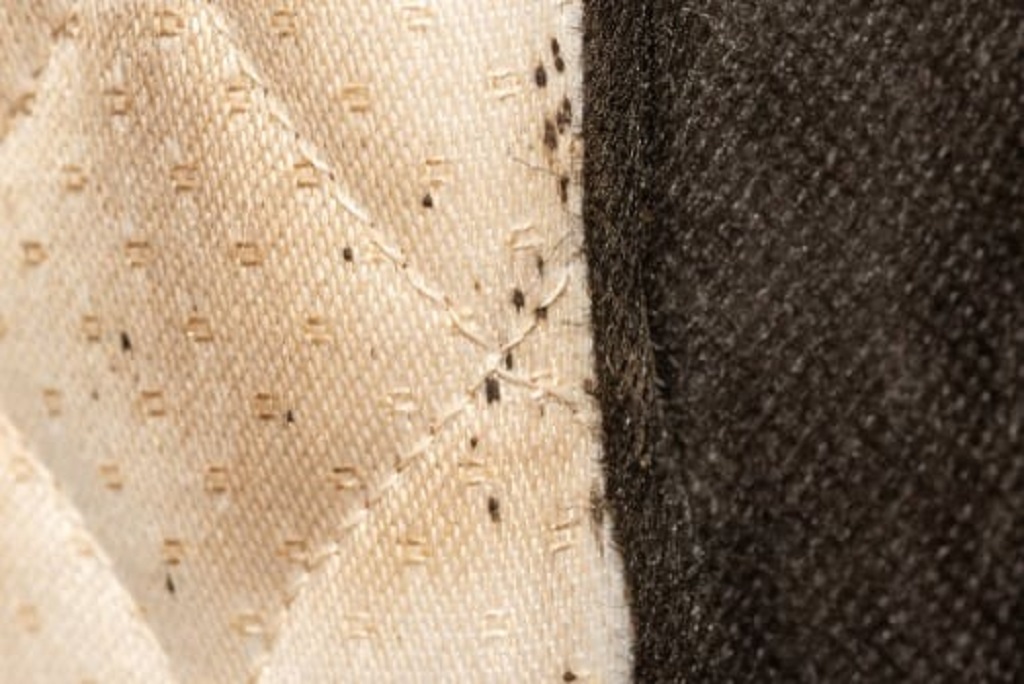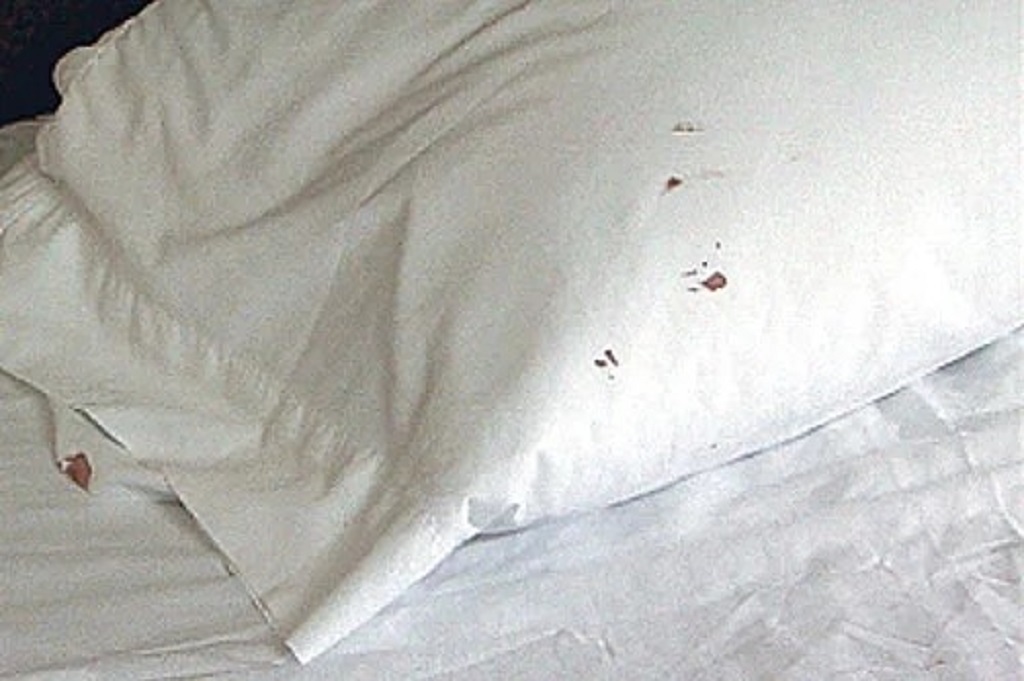
Pillows are essential for a good night’s sleep, but finding black spots on your pillow can be alarming. These unsightly marks can signal issues that affect your health and sleep quality. At Pillow Show Case, we understand the importance of maintaining clean, safe bedding. This article explores the causes of black spots on pillows, their potential risks, and safe cleaning methods to keep your pillows fresh and hygienic.
Thank you for reading this post, don't forget to subscribe!What Causes Black Spots on Pillows?
Black spots on pillows can stem from various sources, ranging from natural wear to more serious concerns. Identifying the cause is the first step to addressing the issue effectively. For instance, black spots on pillow are often linked to mold growth, which thrives in moist environments. Below are the most common culprits behind these spots.
Mold and Mildew Growth
Mold and mildew are frequent causes of black spots, especially in humid climates. Pillows absorb sweat, saliva, and moisture from the air, creating a breeding ground for mold. If you live in a damp area or don’t regularly wash your pillows, mold can develop, posing health risks like allergies or respiratory issues.
Sweat and Body Oils
Your body naturally produces sweat and oils during sleep. Over time, these can seep into your pillow, especially if you don’t use a pillowcase or protector. These substances can oxidize, leaving dark stains that resemble black spots. Regular washing can prevent this buildup.
Dust Mites and Debris
Dust mites, dead skin cells, and dirt can accumulate in pillows, contributing to dark spots. While dust mites themselves aren’t black, their waste or the dirt they attract can create small, dark marks. This is more common in older pillows that haven’t been cleaned regularly.
Makeup and Hair Products
If you sleep with makeup, hair gels, or oils, these can transfer to your pillow. Certain products, especially those with dyes or heavy oils, can leave black or dark stains. This is a common issue for those who don’t remove makeup before bed.
Fabric Wear and Tear
Older pillows may develop black spots due to fabric degradation. Tiny tears or worn-out fibers can trap dirt or appear as dark marks. While not harmful, these spots signal it’s time to replace your pillow.
Health Risks of Black Spots on Pillows
Black spots aren’t just unsightly; they can affect your health. Mold-related spots, for example, can trigger allergies, asthma, or skin irritation. Inhaling mold spores over time may lead to respiratory issues, especially for sensitive individuals. Additionally, dust mite buildup can cause itching, sneezing, or congestion. Therefore, addressing black spots promptly is crucial for a healthy sleep environment.
How to Safely Clean Black Spots from Pillows

Cleaning black spots from pillows requires care to avoid damaging the pillow or spreading harmful particles. The approach depends on the pillow type and the cause of the spots. Below are safe, effective methods to restore your pillow’s cleanliness.
Step 1: Check the Care Label
Before cleaning, check your pillow’s care label. Memory foam, down, and synthetic pillows have different washing requirements. For instance, memory foam pillows often can’t be machine-washed, while synthetic ones usually can. Following the label prevents damage.
Step 2: Spot Cleaning for Minor Stains
For small black spots, spot cleaning is effective. Here’s how:
- Mix a solution of mild detergent and warm water.
- Dab the spot with a clean cloth dipped in the solution. Avoid soaking the pillow.
- Blot with a dry cloth to remove excess moisture.
- Let the pillow air dry completely to prevent mold growth.
This method works well for sweat, oil, or makeup stains.
Step 3: Machine Washing for Deeper Cleaning
If the care label allows, machine washing can tackle widespread spots. Use a gentle cycle with warm water and a small amount of mild detergent. Add a cup of white vinegar to the rinse cycle to combat mold or odors. Dry the pillow thoroughly in a dryer on low heat or air dry in a sunny, well-ventilated area.
Step 4: Addressing Mold Safely
Mold requires extra caution. If black spots are mold-related, wear a mask to avoid inhaling spores. Spot clean with a mixture of equal parts water and white vinegar, then air dry in sunlight, which naturally kills mold. For severe cases, consider replacing the pillow, as mold can penetrate deep into the filling.
Step 5: Vacuuming for Dust Mites
To remove dust mite debris, use a vacuum with a brush attachment on the pillow’s surface. This can reduce surface-level black spots caused by dirt or mite waste. Follow up with spot cleaning or washing for best results.
Preventing Black Spots on Pillows
Prevention is easier than cleaning. By adopting a few habits, you can keep black spots at bay and extend your pillow’s lifespan. Here are practical tips:
- Use a Pillow Protector: A waterproof or hypoallergenic protector adds a barrier against moisture, oils, and dust mites.
- Wash Pillowcases Weekly: Regular washing prevents oils and dirt from seeping into the pillow.
- Replace Pillows Regularly: Most pillows last 1-2 years. Replace them when they show signs of wear or persistent stains.
- Control Bedroom Humidity: Use a dehumidifier in humid climates to reduce mold risk.
- Remove Makeup Before Bed: This minimizes product transfer to your pillow.
When to Replace Your Pillow
Sometimes, cleaning isn’t enough. If black spots persist after cleaning, or if the pillow smells musty even after washing, it’s time to replace it. Mold deep within the pillow is hard to eliminate, and old pillows lose their shape and support. Investing in a new, high-quality pillow ensures better sleep and hygiene.
Conclusion
Black spots on your pillow can result from mold, sweat, dust mites, makeup, or fabric wear. While some causes are harmless, others, like mold, pose health risks. Regular cleaning, using pillow protectors, and maintaining a dry bedroom environment can prevent these spots. If cleaning fails, replacing the pillow is the best option. By following the steps outlined, you can keep your pillows clean, safe, and comfortable for restful sleep.
Read More Also: Top Towns Affected by Colorado’s Mega Wildfire
Frequently Asked Questions
-
Are black spots on pillows dangerous?
Black spots caused by mold can trigger allergies or respiratory issues. Other causes, like sweat or makeup, are less harmful but still require cleaning for hygiene.
-
How often should I wash my pillow?
Wash pillows every 4-6 months, depending on the care label. Spot clean as needed for minor stains.
-
Can I prevent black spots without washing my pillow?
Using a pillow protector and washing pillowcases weekly can reduce the risk of black spots significantly.
-
What if my pillow can’t be machine-washed?
For non-washable pillows, spot clean with a mild detergent or vinegar solution and air dry thoroughly.
-
How do I know if black spots are mold?
Mold spots are often fuzzy or spread in humid conditions. A musty smell or persistent stains after cleaning may indicate mold.
